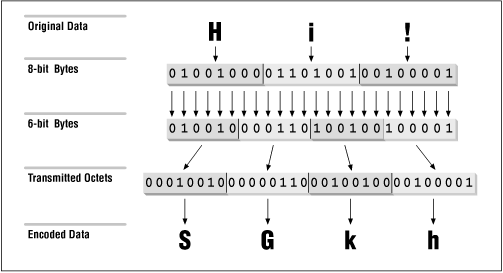

They are just not necessary.įor this it is a good idea to remember how to perform the ceiling division: ceil(x / y) in doubles can be written as (x + y - 1) / y (while avoiding negative numbers, but beware of overflow). ěase64 is a transfer encoding sort of a thing, and concatenating blobs while in their transfer encoding just isnt something that you do. Generally we don't want to use doubles because we don't want to use the floating point ops, rounding errors etc. Putting 123456 into a Base64 encoder creates MTIzNDU2, which is 8 characters long, just as we expected. By consisting only of ASCII characters, base64 strings are generally url-safe, and that's why they can be used to encode data in Data URLs. According to the equation, we expect the output length to be (6 bytes / 3 bytes) * 4 characters = 8 characters. Base64 is a group of binary-to-text encoding schemes that represent binary data in an ASCII string format by translating it into a radix-64 representation. Keeping in mind that every every character of that string is 1 byte, or 8 bits, in size (assuming ASCII/UTF8 encoding), we are encoding 6 bytes, or 48 bits, of data. You ask in a comment what the size of encoding 123456 would be. Base64 is a group of binary-to-text encoding schemes that represent binary data in an ASCII string format by translating it into a radix-64 representation. The process encodes every 6 bits of data into one of the 64 Base64 characters, so the 24-bit input divided by 6 results in 4 Base64 characters. The input string is 3 bytes, or 24 bits, in size, so the formula correctly predicts the output will be 4 bytes (or 32 bits) long: TWFu. The Wikipedia article shows exactly how the ASCII string Man encoded into the Base64 string TWFu in its example.

EDIT: A comment correctly points out that my previous graphic did not account for padding the correct formula for padding is 4(Ceiling(n/3)). Put another way, every 3 bytes of data will result in 4 Base64 characters. For reference, the Base64 encoder's length formula is as follows:Īs you said, a Base64 encoder given n bytes of data will produce a string of 4n/3 Base64 characters.


 0 kommentar(er)
0 kommentar(er)
